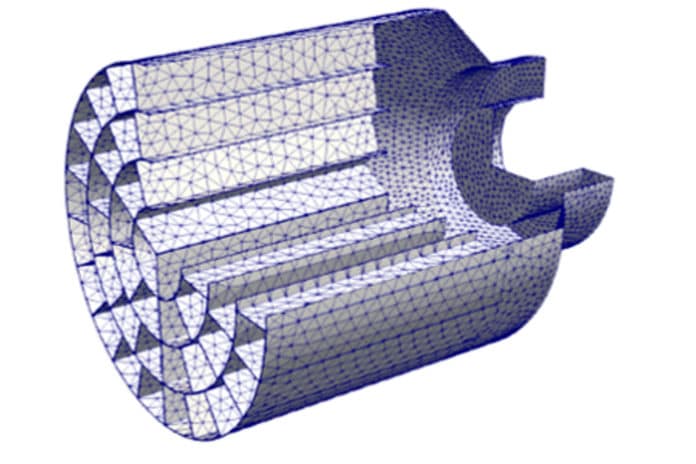The European Space Agency (ESA) is testing an air intake collector, which is designed to harvest air particles when passing through the upper layers of the atmosphere. These particles are then used to fuel an ‘air-breathing’ electric thruster.
The aim is to help satellites to overcome atmospheric drag – that would otherwise pull a satellite down to Earth in a matter of weeks – and thus operate continuously in very low orbits (VLEO), ranging from 180 km to 250 km.
Satellites operating in very low orbit (VLEO) could have a lot of benefits, mainly for Earth observation, and also for civil and military communications. At lower altitudes, you can improve payload performance and increase image resolution, while reducing size and power requirements. In turn, these low-altitude satellites could play an important role in transmitting the Internet and other data networks.
The biggest technological challenge is to design a sufficiently powerful air intake collector, which would be able to collect as many of the scarce but highly-energetic air molecules found in the upper atmosphere as possible. They will then use to fuel an electric thruster to compensate for the air drag.
This project of the European Space Agency is, therefore, currently being developed by two academic institutions – Belgium’s Von Karman Institute and Politecnico di Milano. Their experts are now developing sophisticated software models to qualify an air intake-collector design as well as manufacturing a metal prototype. The project was supported through ESA’s General Support Technology Programme, to convert promising concepts into space-ready products.
